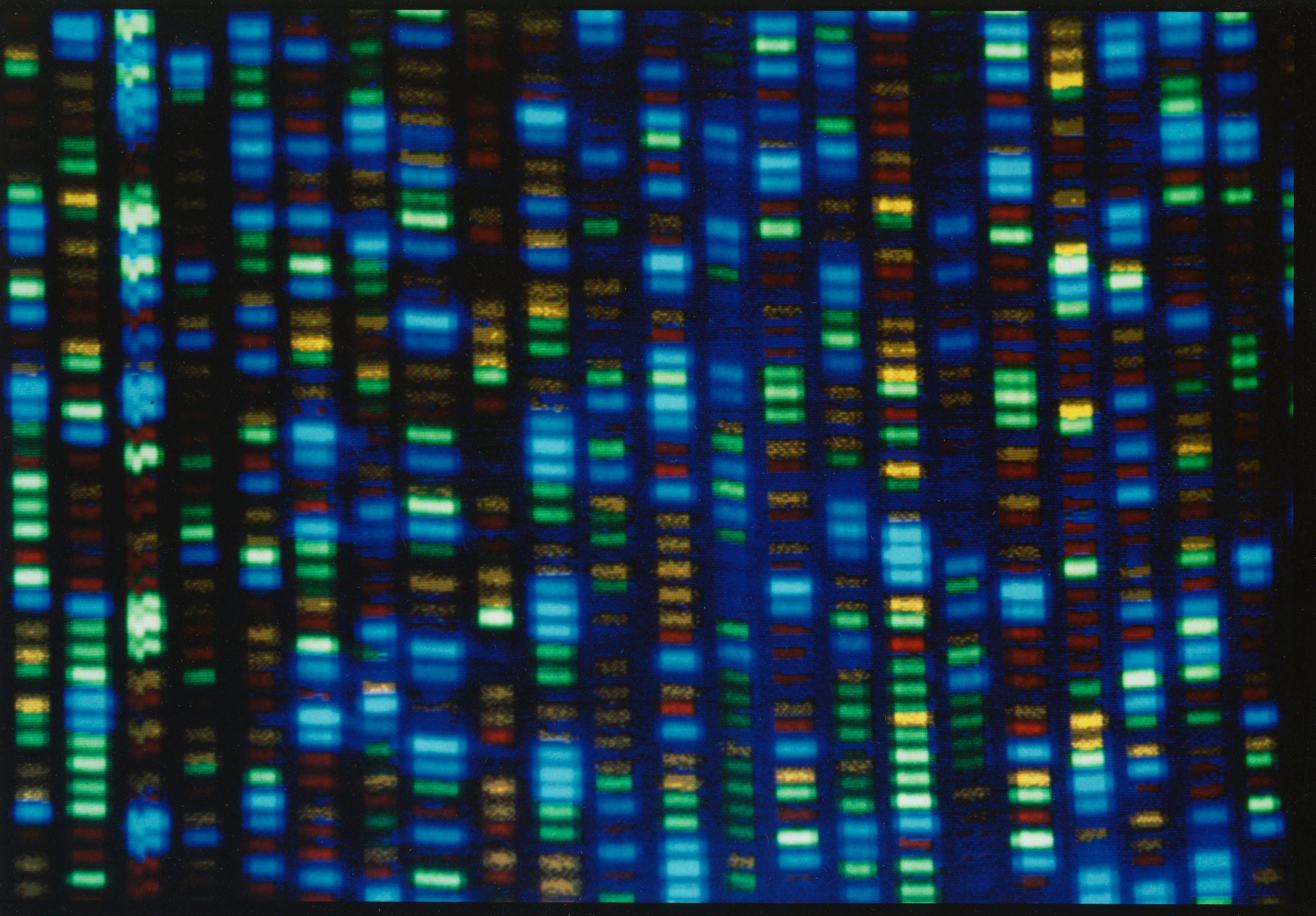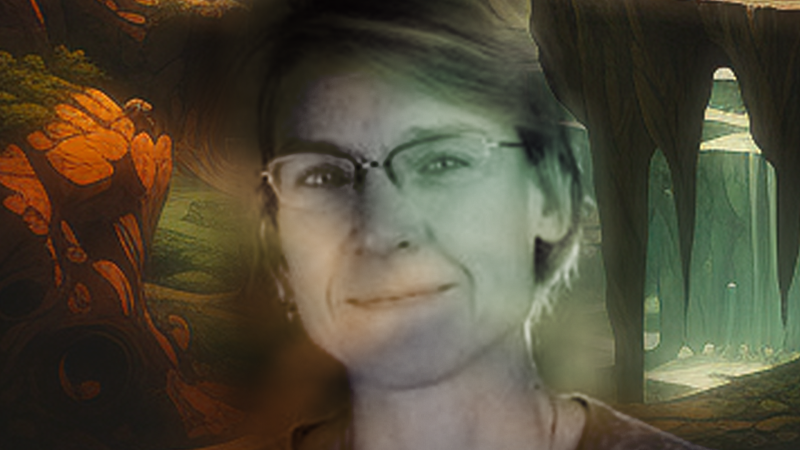A Wisconsin geologist was part of the group who discovered an ancient rock that could have information about how the Earth formed. He joins Veronica Rueckert and Rob Ferrett to discuss the importance of this rock. They learn about the Wisconsin sport of broomball and talk about the news that childhood obesity rates have declined significantly in the last decade.
Featured in this Show
-
Wisconsin Researcher Helps Find 4.4 Billion-Year-Old Rock
A lot of precious stones changed hands on Valentine’s Day earlier this month, but none were as old or unique as a zircon discovered by a Wisconsin researcher.
The tiny rock fragment clocks in at 4.4 billion years old, and researchers said it gives scientists insight into the early formation of the planet.
University of Wisconsin-Madison geoscience Professor John Valley led a research team collecting and analyzing ancient rock samples on a sheep ranch in Australia — on what had been a beach about 3 billion years ago made up of grains of sand from an even earlier era.
Valley and his colleagues analyzed zircon samples, using with a measurement involving the decay of uranium isotopes into lead. While they had found a similar sample years ago, he said this new finding confirms that the first sample wasn’t a fluke and that tells people a lot about Earth’s early days.
“This represents a solid material that had formed within 100 million years of the formation, the birth of our planet,” Valley said. “The oldest rocks that were known were 4.0 billion years old, and we had thought that were was nothing that we be older. So, when we found these, that was quite a surprise.”
The findings suggest that the planet had cooled off from being a ball of hot magma earlier than previously thought. He said that in turn could possibly move the appearance of life on the planet to an earlier date, in part because the analysis of the zircon allows scientists to more accurately measure oxygen isotopes.
“By studying these old zircons, we know that as early as 4.3 billion years ago, the surface of the Earth had cooled sufficiently that the thick heavy steam atmosphere that had existed earlier had condensed to form oceans, and once you have oceans on a planet, it becomes habitable,” he said.
Don’t expect to see these ancient zircons in a jewelry store any time soon, as the samples Valley works with are small grains of sand.
“The crystal we reported this week is actually one of the largest zircons we worked on. If it was in the palm of your hands, you probably wouldn’t see it without a lens,” he said.
Valley said one of his next projects will be to work with zircons collected on the Moon.
-
Childhood Obesity Rates Down 43% In The Last Decade
A new study shows obesity rates in children 2 to 5 years old have decreased significantly over the last decade. An expert on childhood obesity puts the data into context and discusses what could have led to this decline–and how (or if) it can be replicated in other age groups.
-
Ancient Rock Tells Tale Of Earth's Age
Clocking in at over 4 billion years old, a newly discovered rock has a tale to tell about the formation of our planet. A Wisconsin geologist who shared in the discovery explains the significance of the ancient zircon.
Episode Credits
- Rob Ferrett Host
- Veronica Rueckert Host
- John Valley Guest
- Tracy Flood Guest
- Amanda Magnus Producer
Wisconsin Public Radio, © Copyright 2024, Board of Regents of the University of Wisconsin System and Wisconsin Educational Communications Board.




